Pedraforca (2506 m) is a monumental piece of stand-alone rock in Catalonia and means “stone pitchfork”. It´s also one of the most beautiful mountains in Spanish Pyrenees. It´s technically pretty difficult, but rewarding day hike. Climbing Pedraforca will remain in my memory for a long time.
Introduction to Pedraforca
The Pedraforca is located in Cadí-Moixeró natural park. Two parallel ridges are appearing as two main summits. The southern peak Pollegó Inferior (2444 m) and the northern Pollegó Superior (2506 m) which is the main peak. From town Saldes it can appear very hard to ascent. Actually the truth is that the ascent to Pollegó Inferior leads up in that scary eastern face.
Pedraforca is indisputably one of the most famous mountains in Catalonia. Thanks to its limestone vertical faces which are attracting many serious rock climbers. Despite many trekkers are reaching both summits every year it´s not considered as an easy ascent. Get ready to spend approximately 11 kilometers as well as 5-7 hours in rough terrain.
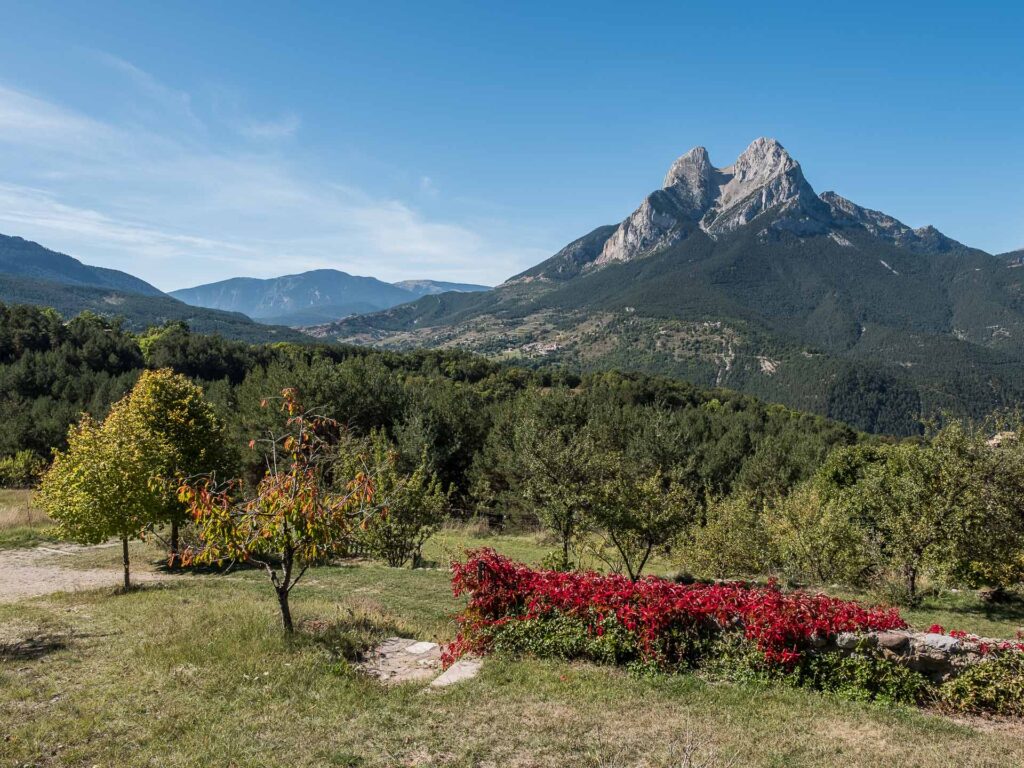
Best time to visit and essentials before the climb
Generally, the mountain is accessible all year long. In wintertime usually from December to the end of April, the snow can make the ascent bit more difficult. The best time to visit is in summer. From May to October, You will have most of the time perfect weather. Sometimes can be too hot to hike. The Rain is very unusual in this area, but the highest precipitation is in May and October. Besides the weather the best to visit out of the national holidays and weekends. The area is very close to Barcelona and can be often crowded.
Fortunately, access to the park is completely free. Therefore no need for any permits. Many guides are offering assisted ascent, but I was confident enough and did it on my own. Good, stable shoes and some of the warmer clothes are essential. There are not many restaurants, so at least a little bit of food to take is essential. There is NO natural source of water on the way during climbing Pedraforca! I had with me “only” 1 liter and it was not enough. In order to not dehydrate I recommend at least 1,5 – 2 liters per person. You will also need a map of the area or GPS with waypoints points.
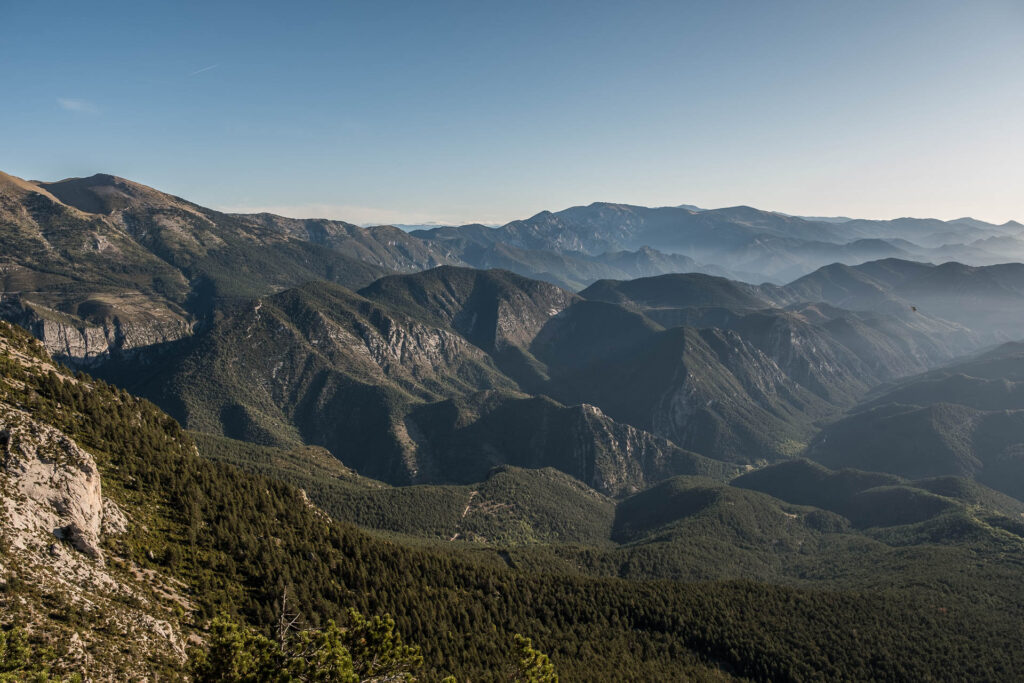
Cimbing Pedraforca
There are many routes leading to the both summits, I wanted to také this peak seriously so I had to definitely ascent both summits. There is a marked route clockwise or anti-clockwise. The first option is far more difficult because the descent contains pretty difficult sections. Hiking the route anti-clockwise offers ascent the most difficult sections which are in my eyes safer to go up.
Anyway, for both options, the best starting point is the small parking lot on the east side of the mountain. You will also find here a nice viewpoint “Mirador de Gersolet”. This parking lot is a good place for overnighting in a campervan as I did, and there were other three campers with me.
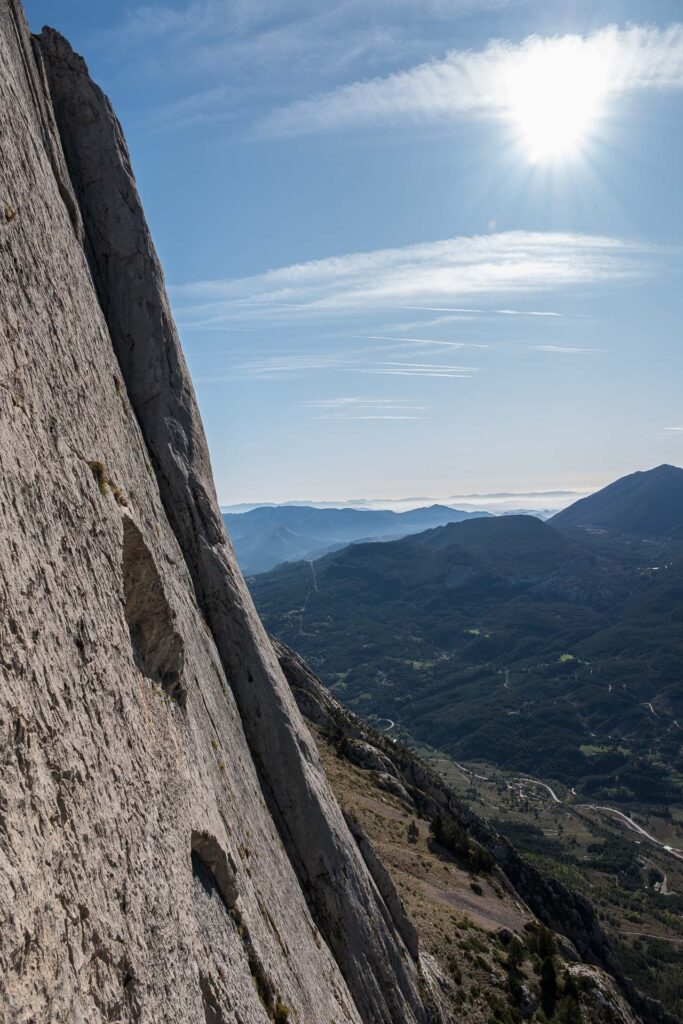
Refugi Lluís Estasen and Balcó de la Joaquima
Just a few meters below the parking lot is a narrow path leading me to the Refuge. It´s not more than one pleasant kilometer in woods and soon I appeared at Refugi Lluís Estasen. This is also a cozy climber´s hut, where some people spend a night. There is a water source around the hut. Be careful that´s the only water source on the route. Replenishing water bottles is important!
From the Refuge I follow the path south under the main face of Pedrafora. The leveled path will soon reach the crossroads of tourist paths. Here is a choice to skip the south summit Pollegó Inferior and follow the steep scree to the pass Enforcadura from where leads the path directly to the main summit.
I strongly encourage myself to follow the path “Camí de Pollegó Inferior”. Soon the path will turn to climb between roots and stones until I reached the “Balcó de la Joaquima”. I love this place as it´s a first tree-free spot. Use this place to look around, refresh and take a fresh breat!
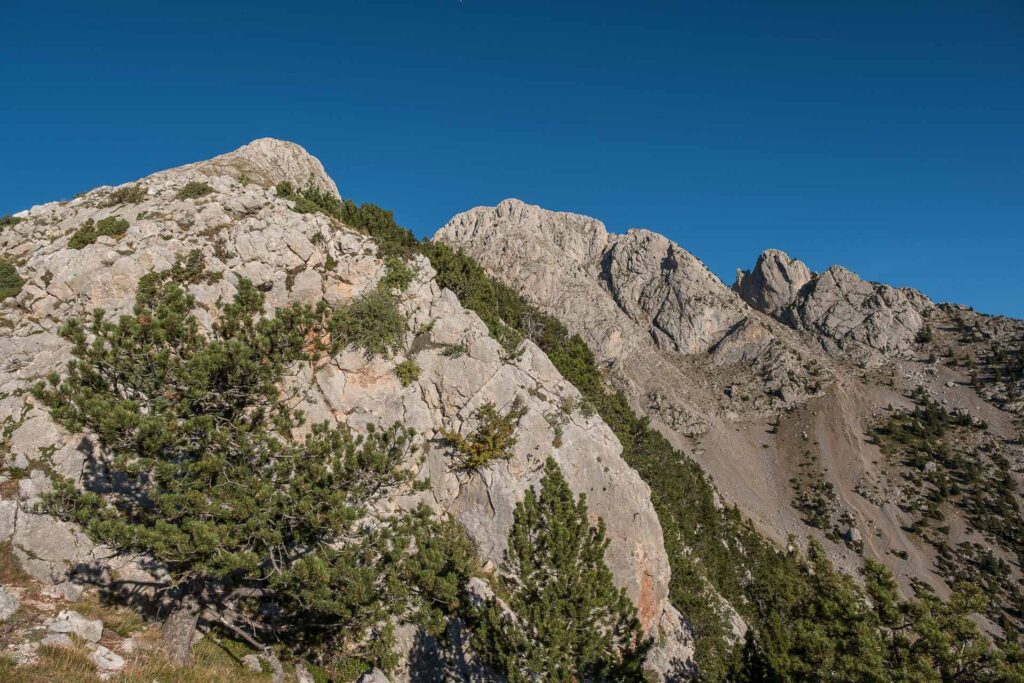
Pollegó Inferior
From the Balcó de la Joaquima the real climbing Pedraforca starts! I had to climb to the south summit directly on the south face of Pedraforca. Yes, the one which looked so inaccessible from the far, but don´don´t worry it´s nothing serious. Enven a kids can do it as it´s pretty easy ascent. I encountered Pyrenean goats marmots marmots on the way up. During the entire ascent, I was overwhelmed by a wonderful views. I could see as far as to Montserrat near Barcelona.
It´s over 600 elevation meters from the balcony to the Pollegó Inferior, but the summit in 2444 meters is absolutely rewarding. Great views to the opposite main summit which appears so close. Don´t get confused! Unfortunately, there is no “normal” route to descent to the pass and continue to Pollegó Superior. There is still some distance and elevation to cover. Enjoying 360 degrees views to the valley and to the range Serra del Cadí before descending.

Descending via Grand Diagonal – the scary part
Descending over 400 meters via Grand Diagonal is maybe something I was worried about. There are a couple of sections, where I had to hold myself with hands and use a bit of climbing technics. Therefore next time I´d rather go in the opposite direction. Nevertheless, some sections has chains and metal steps to help. With a little caution, I could easily do it. Isn´t the adrenaline rush the reason why I was doing this? Super high south limestone face of Pollegó Inferior is a must-see!
After you finalization the descent climbing section I took a rest and relaxed! I´ve survived survived and nothing worse wan´t waiting anymore.
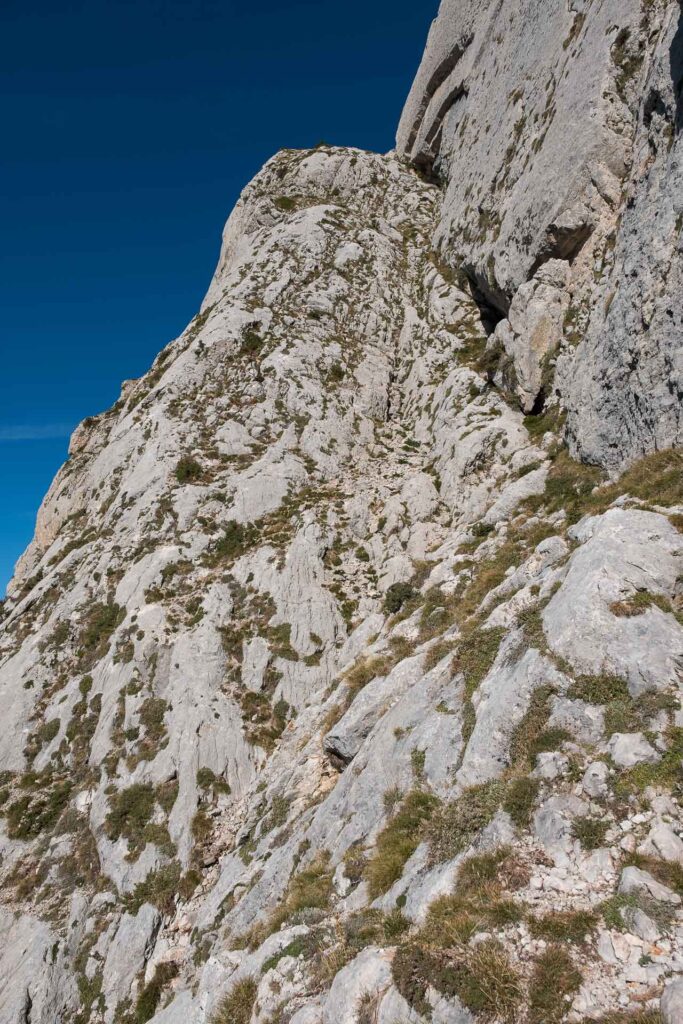
Pollegó Superio
There is again a section to ascent. I haven´t really seen any obvious path, but there are some colored marks to follow. Firstly I had to ascent in a pine forest on the ridge leading back to Pollegó Inferior. It´s indeed a wonderful wall with a great hole next to it, but stop on time! Later it´s about to traverse to another vertical ridge. I looks likethere is no pass over, but the reality is better then the feeling.
After the traverse I could reach wide route PR C-123 leading me comfortably to a pass I´ve probably seen from the first summit. From the pass Enforcadura, I took a left turn and then it´s around 30 minutes to the summit. Enjoy the Catalonian flag and another 360 degrees reward!
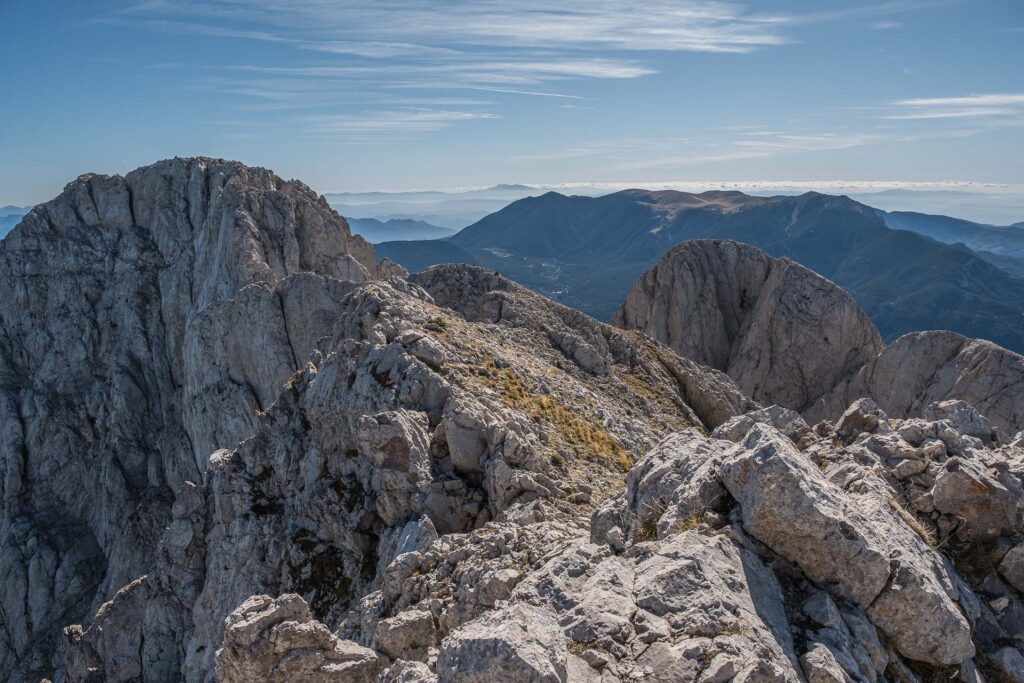
The descent back to the Parking
There is nothing again like the Grand Diagonal descent, but also no need to be very relaxed. The descent is not really so straightforward. I followed the ridge west and it´s not so obvious path. I had ti use a common sense and follow the ridge. There are a few ups and downs on the way. I was a bit worried to loose the trail, but the GPS did it´s job.
In approximately 30 minutes, the path turns right and descends steeply down. The descent is quite easy but sometimes supported by chains, which in my eyes are not really necessary. I soon reach the pass Coll del Verdet. From there it´s “only” 800 meters descent, so knees were screaming. I´ve done it in 45 minutes by running. I expect to cover this distance from the pass to the parking lot in 1 hour. There is a possibility to stop on the refuge on the way back or to descent directly to the gravel road and follow it to the parking lot.
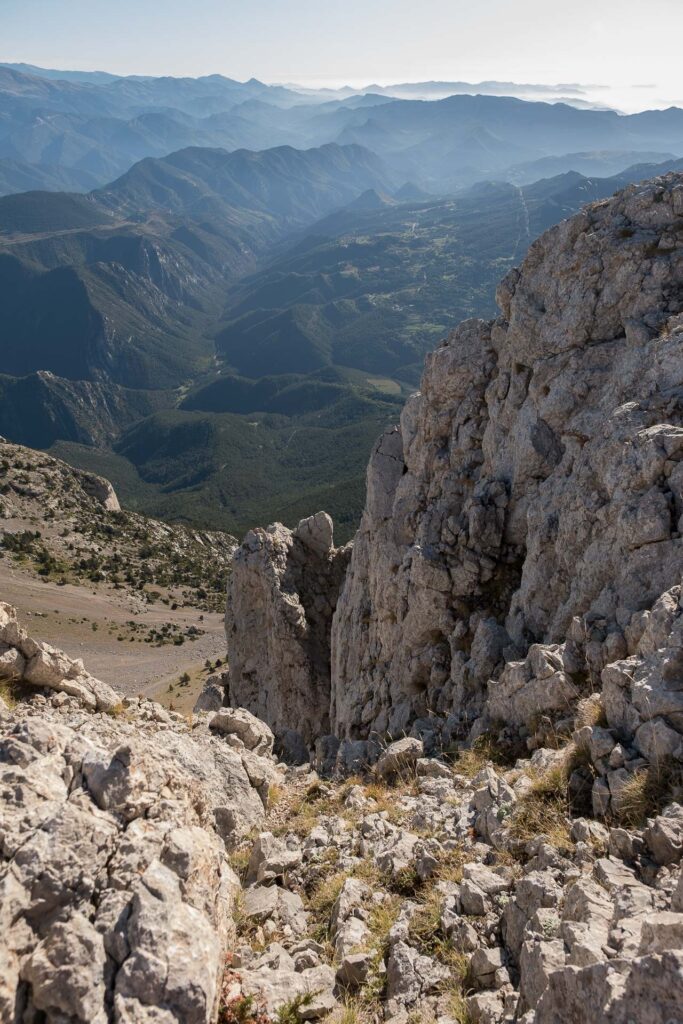
Farewell to climbing Pedraforca
It´s really very satisfying day hike and I strongly recommend to everyone searching for an adventure. You can go pretty light, but as I said many times take enough water with you. In summer the place can be very hot and it took me over 5 hours to cover the distance. Also, keep safe and be aware of technical sections for some people can be challenging, so rather go in the group to support each other while climbing Pedraforca.


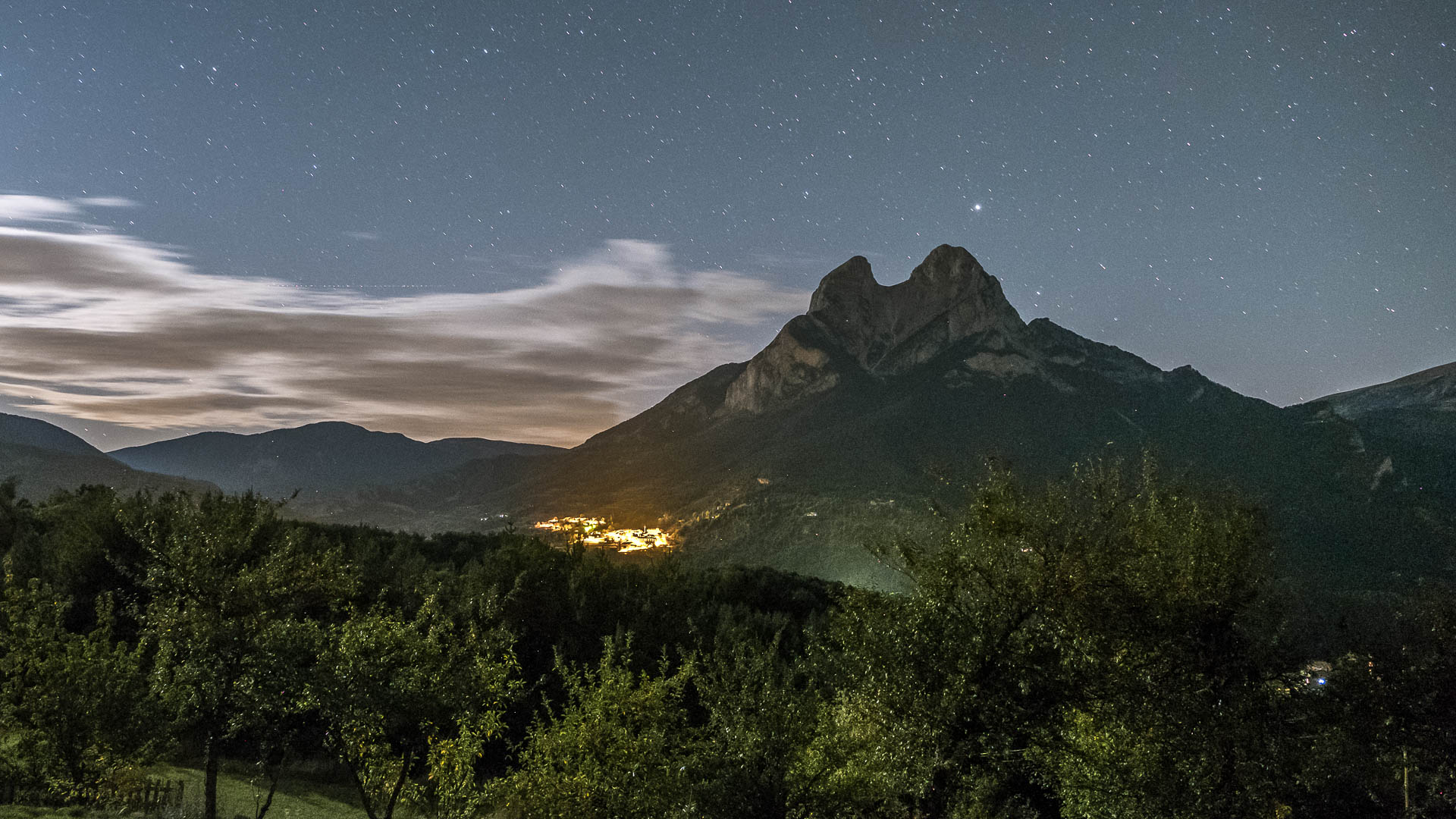
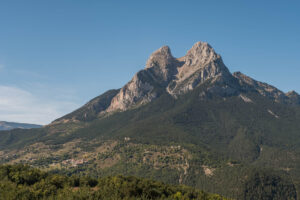
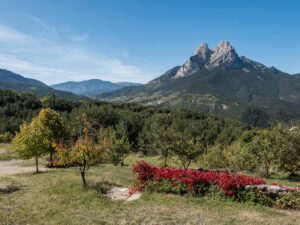
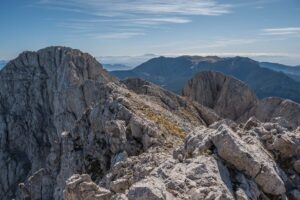
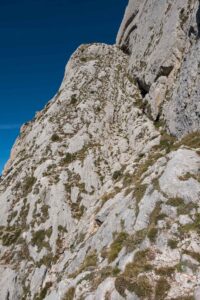
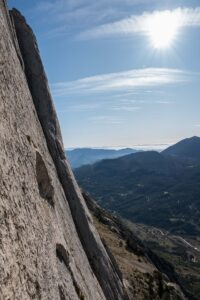
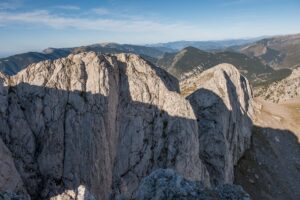
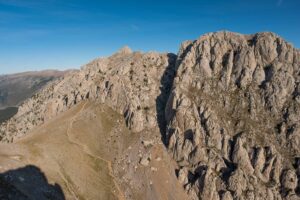
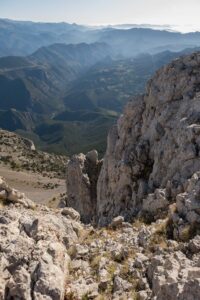
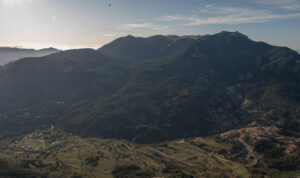
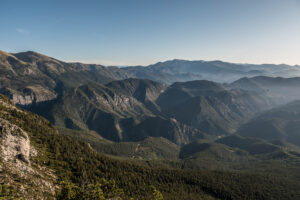
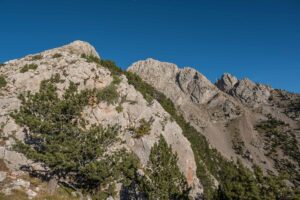
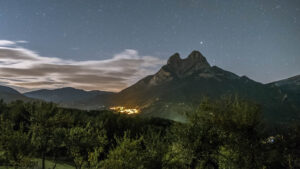
Leave a reply